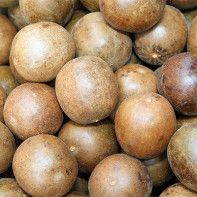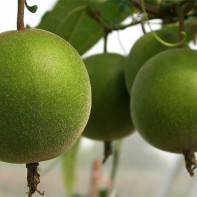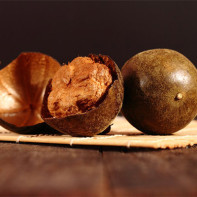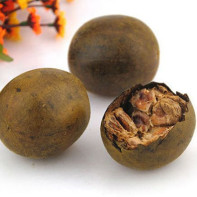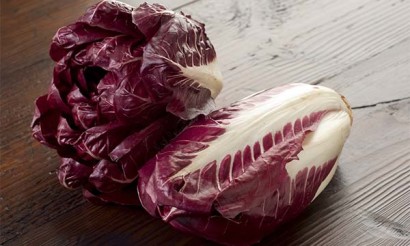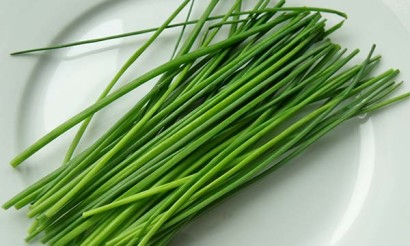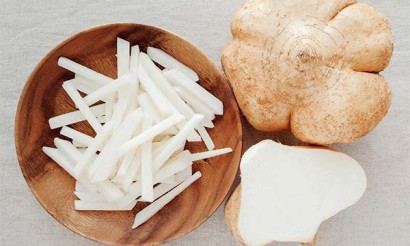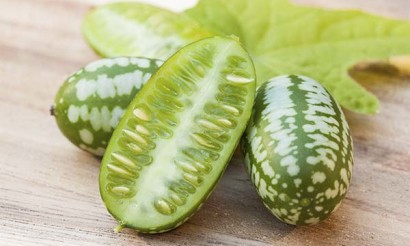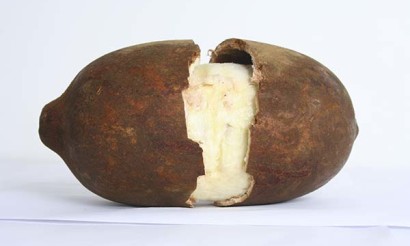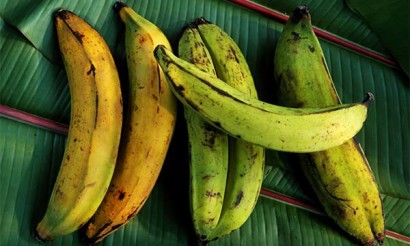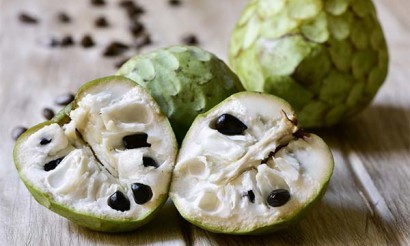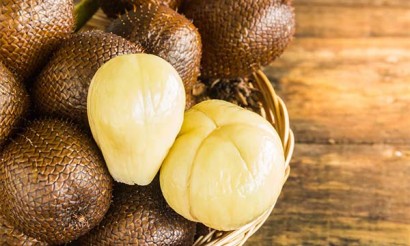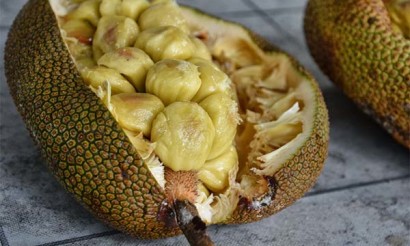Arhat: what is this fruit and why is it useful?
In Thailand and China grows a lot of unique plants. Among them, its unusual properties stands out arhat. Few people outside of these countries have heard of it. The reason is the peculiarities of the fruit and a very narrow region of growth. In other countries, this liana-like perennial representative of the gourds simply does not take root.
The fruit of Buddhist monks
Having common features with Russian cucumbers and gourds, the arhat is not content with horizontal surfaces, but tries to climb higher, leaning on tree trunks. The length of the offshoots allows it to climb high, as the stalks grow up to 5 m. In the generous tropical sunshine the small roundish fruits with a fleshy middle grow. It is hidden beneath a thin but tough skin that is pubescent all over. The flesh loses a lot of volume when dried but becomes 200 times sweeter than sugar. It is a pity but we could not use this feature in industrial production. During processing the inside of the arhat acquires a pungent smell of rot. It has not yet been completely removed from the finished product. The second obstacle was the limited number of plantations, as the plant does not acclimatize to other latitudes and soil composition, growing only in southern China and northern Thailand.
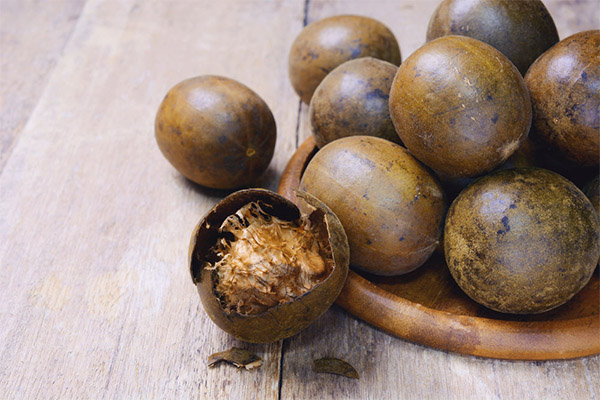
The first description of the plant's appearance and unique properties was made in the 13th century by Buddhist monks who grew it in monastery gardens in the Guangxi region. The second name, Lo Han Go, translates as the fruit of the Buddha, and the arhat got it for a reason. It is used in folk medicine of these countries as a valuable product that prolongs active longevity and stops the aging process due to the powerful purification of the body and restoration of the circulation of internal energies.
It is almost never eaten fresh. When it reaches ripeness, it begins to spoil very quickly and the juice begins to ferment. It is sold in extracts, dried whole or in ground form. They are used as a condiment, a tea additive, or as a medicine.
Composition and calories
The juicy, sweet flesh is located closer to the walls. In the center, like a zucchini or pumpkin, there are numerous seeds. All parts of the fruit are used in cooking and folk medicine. The plant is not included in the official register of the State Pharmacopoeia of the Russian Federation, which does not prevent the use of extracts and dried fruits as a powerful means of rejuvenation, to stabilize cancer patients and treat dry compulsive cough. As a natural sweetener, arhat is recommended for diabetes and as part of weight correction programs. Such a wide range of uses is possible because of its very interesting composition. Components:
- Vitamins A, C, E, K, PP, group B almost in its entirety;
- niacin;
- folans;
- zinc;
- calcium;
- copper;
- iron;
- manganese;
- potassium;
- magnesium;
- saponins;
- carotenes;
- fiber;
- mono- and disaccharides.
With great sweetness, the caloric content is almost non-serious, 2.3 kcal per 100 g of fresh product.
Useful properties of arhat
The effect of the fruit on the body has not yet been fully studied because of its low prevalence. It is known that the fruit can alleviate feverish conditions, increase immunity and body tone, remove toxins and wastes. Arhat stops the development of cancer related to the respiratory system and ENT organs. The fruit is useful for those who by virtue of their work speak loudly and a lot. Fresh and dried pulp restores your voice, reduces farting, accelerates regeneration of damaged vocal cords.
The fruit of the plant has anti-inflammatory and antipyretic properties, stimulates the rapid removal of excess fluid from the body, soften stool stones and gently cleanses the intestines, normalizing digestion and water-salt balance.
In folk medicine recipes, arhat is used to soothe and stop dry barking cough, expel phlegm, ease breathing, relieve subfebrile fever, stop inflammatory processes and reduce the recovery period after injuries and serious illnesses. Tea with pieces of Buddha fruit is great for quenching thirst and giving energy to keep going on a hot day, preventing the body from overheating and getting heat stroke.
Secrets of harvesting raw materials
Arhat is very capricious, in a ripe state is not stored, can spoil within a day. It also cannot dry in natural conditions, acquiring a repulsive smell of rot and fermentation. To preserve the unique product, the fruits are taken unripe and dried in ovens over low heat.
Procter & Gamble, which patented its method in 1995, succeeded in eliminating most of the extraneous odors. The specially treated and dried fruits are cleaned of seeds and peel, and the pulp is dried and sold only in this form.
Contraindications
Fruits have a dual action, which must be taken into account when introducing the product into the diet. It is necessary to remember that the accelerated metabolism of nucleic acids causes a violation of the outflow of urine, which is unacceptable for people suffering from chronic edema. You should not start dating arhat during the exacerbation of gout and urolithiasis. The effect of fetal pulp on the female body during pregnancy and breastfeeding has not been studied.
Interesting: The Buddha fruit has a very low index of allergenicity. Only a few cases of individual intolerance to the product are known.
If you are offered to buy fresh fruit, in the name of health you have to refuse, because in its ripe form it has a shelf life of 24 hours to 5-6 days in the refrigerator, and at the slightest sign of spoilage appears strong unpleasant smell.
How to eat arhat properly
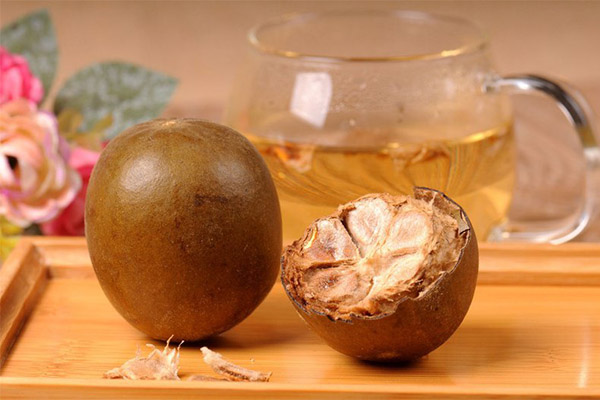
You can taste the real ripe fruit only at the plantation where it is grown. In other cases, you will have to make do with a dried version or an extract. If you are lucky enough to be in Thailand to taste the Buddha fruit, you should consider that the arhat is eaten like a pumpkin, raw, removing the skin and seeds. It is exported in dried and dried form. It is added as a sweetener in drinks, sports nutrition dishes, and alcohol.
What can be cooked from the juniper: recipes
The scope of use in cooking arhat is limited. It is used only in small portions, as it is much sweeter than the usual sugar. In folk medicine, the fruit is most often used to relieve severe coughing.
Tea
To make the drink, the dried fruit is crushed and boiled over low heat for about half an hour.
Milk drink
Pour a liter of boiling water to 1 haricot, pierce the skin a few holes and leave to infuse under cover for 60 minutes. Adjust the level of sweetness by adding milk to the infusion.
Cough medicine
Powdered pulp of dried fruit brewed with boiling water and insist 2-3 hours, adjusting the strength and sweetness to taste. The same recipe will be useful for recuperation after heavy physical exertion and strength training.
Interesting facts about arhat
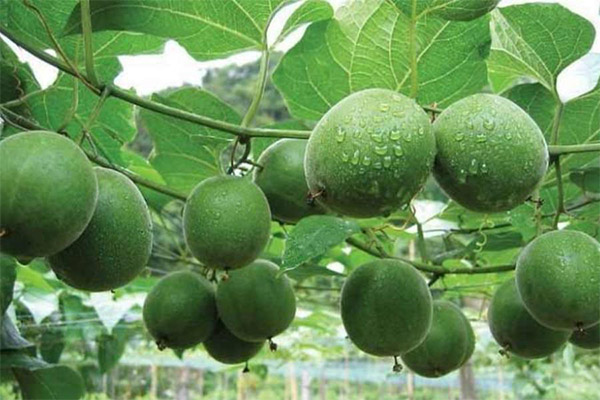
- The plant belongs to the pumpkin family, the harvest is abundant, but the size of the fruit does not exceed 5-7 cm.
- Its range of distribution is limited to 2 countries.
- The ripe fruit is perishable and goes bad within 24 hours.
- Fresh and dried pulp is used in folk medicine recipes as a product that prolongs life and inhibits the aging process.
- The pulp of the arhat is 200 times sweeter than sugar.
- Remedies based on the Buddha fruit are used to relieve nicotine, alcohol and drug dependence and block withdrawal syndrome.
- The fruit belongs to the products with zero calories.
The amazing Buddha fruit holds many more secrets that are yet to be unraveled by researchers, and in practice it is most commonly used as a natural sweetener and an immune booster and youth prolonger.
«Important: All information on this site is provided for informational purposes only purposes. Before applying any recommendations, please consult a specialist. specialist. Neither the editors nor the authors are liable for any possible harm caused by materials."


